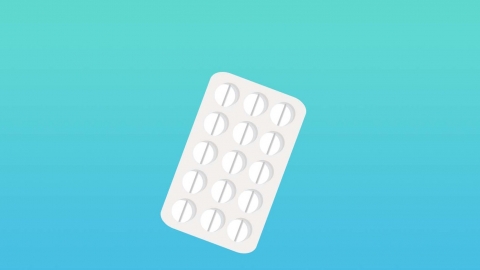What are the side effects of atropine?
Generally, atropine is available in various dosage forms including tablets and injection solutions. Its side effects may include dry mouth, blurred vision, increased heart rate, skin flushing, and difficulty urinating. It is recommended to use this medication under medical supervision. A detailed analysis is as follows:

1. Dry Mouth
Atropine inhibits the secretion of the salivary glands, which may reduce saliva in the mouth and cause a significant sensation of dryness. In severe cases, it may affect normal physiological functions such as speaking and swallowing.
2. Blurred Vision
This medication may relax the pupil sphincter muscle, causing pupil dilation and subsequently affecting the lens's ability to adjust focus, which can lead to blurred vision. The impact on near vision is particularly noticeable, potentially causing difficulties in reading or viewing fine details.
3. Increased Heart Rate
Atropine can relieve the vagus nerve's inhibitory effect on the heart, resulting in an increased heart rate. Excessively rapid heart rate may cause symptoms such as palpitations and place additional strain on the heart. For patients with pre-existing heart conditions, this effect may trigger or worsen cardiac disorders.
4. Skin Flushing
Atropine dilates blood vessels in the skin, especially those in areas such as the face, leading to noticeable skin redness. This may cause the face to appear flushed and may be accompanied by an increase in skin temperature.
5. Difficulty Urinating
Atropine relaxes the detrusor muscle of the bladder, affecting the bladder's ability to empty and leading to difficulty in urination. This side effect may be more pronounced in elderly males with urinary system diseases such as benign prostatic hyperplasia (BPH). In severe cases, measures such as catheterization may be required to assist with urination.
In daily life, if blurred vision occurs after using atropine, patients should avoid engaging in activities that require sharp vision, such as driving or operating precision instruments, until vision returns to normal to prevent accidents.









